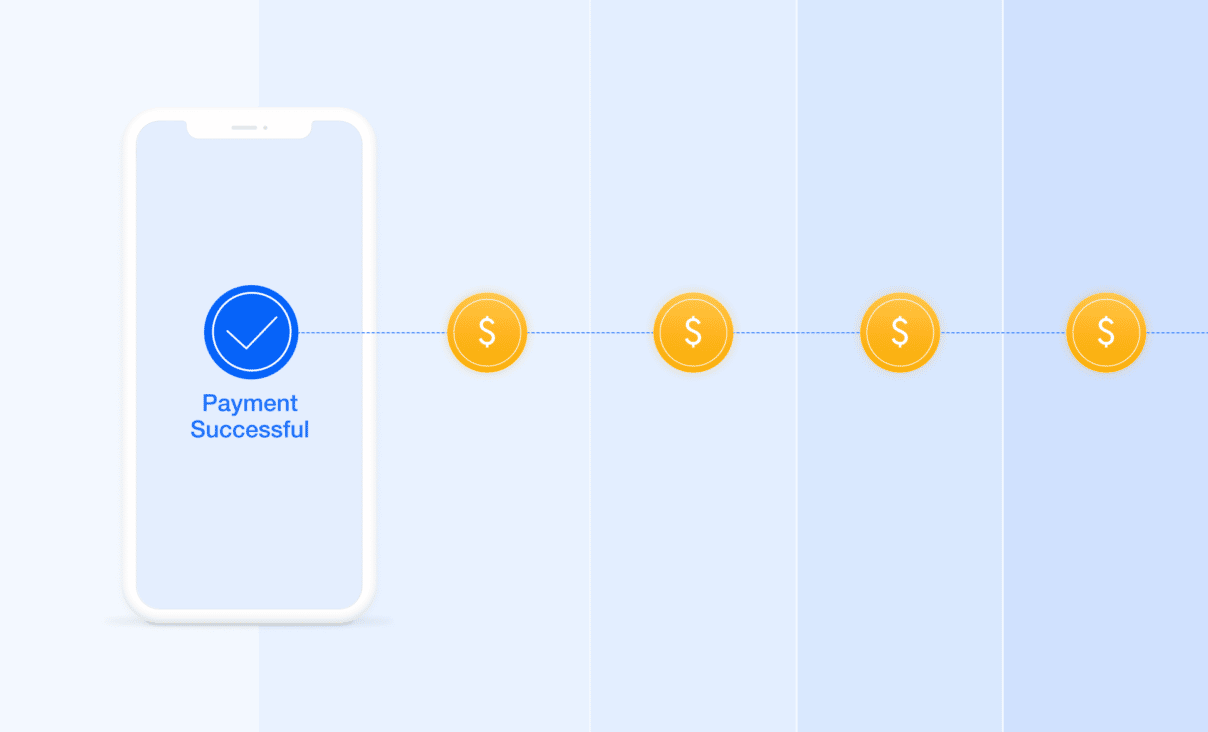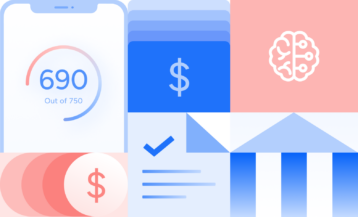Also known as BNPL, Buy Now, Pay Later has been making waves in the fintech ecosystem. Find out what this model is and how it works!
Buy Now, Pay Later is one of the buzzwords in the fintech ecosystem. In 2022 the global market for this product was valued at $179.5 billion, a 43% growth over the previous year – it is estimated to exceed $3 trillion by 2030.
But what is this product that has been shaking VCs, fintechs, retailers and big techs? Why is it so talked about?
After all, what is Buy Now, Pay Later?
Briefly, BNPL is a solution for buying on credit. Instead of going to a physical store or e-commerce and paying for everything at once, the customer has the option to pay little by little for a certain period of time without interest. The payment terms are at the merchant’s discretion, so the period can vary widely, from 30 days to 12 months.
The operation works in 4 steps:
- When finalizing a purchase, you choose the Buy Now, Pay Later option
- An online information check is made. If approved, the person makes a down payment: for instance, 25% of the total amount
- Next payments can be made in interest-free installments
- Payments can be made by bank transfer, credit card, debit or direct debit
It is always important to point out that the model works interest-free, as long as you do not delay any payments. If you are late, interest or a late fee may apply. Besides, we have another good reason not to delay the payment: it can damage your credit score, which is fundamental for you to make more purchases in this model.
A fintech that has successfully applied the Buy Now, Pay Later model is Aplazo, which emerged during the pandemic and has grown exponentially since then.
Apple recently announced the Apple Pay Later product, riding the wave of the American market about the BNPL model. The launch caused quite a stir, but in some countries, it ended up generating only more doubts. After all, what is the difference between the model and the traditional installment plan?
Although in practice it is similar, we have some differences and advantages both in how the process is done and in how it benefits the final consumer. We can mention the following:
Bank-agnostic
In the US, where the industry is more established, a survey conducted by Experian found that 80% of consumers are using Buy Now, Pay Later to avoid compromising their credit card limit.
This is because with Buy Now, Pay Later, there is no need to have a bank account or credit card. Therefore, there is no pre-established limit on how much the customer can pay in installments, so they do not need to compromise their credit card.
Versatility
In this new model, payments can be made in multiple ways, such as credit and debit cards, bank transfer, direct debit… There is no method of payment that delineates how Buy Now, Pay Later should work!
Speed
This product is made with state-of-the-art technology: through a process of data analysis and artificial intelligence, a totally digital credit analysis is made and the credit approval can occur in just a few seconds.
This is significantly enhanced by the advent of Open Finance, which allows for a much freer and smoother flow of information – we will get to that later.
And for the retailer?
Retailers can also benefit from offering this type of service. In markets where Buy Now, Pay Later is widespread, studies show that customers can buy and spend more when this payment option is available.
In research conducted in 2021 by RBC Capital Markets, it was concluded that by adding the Buy Now, Pay Later option to the payment methods, the retail conversion rate increased between 20% and 30%, and the average ticket between 30% and 50%.
The potential of Buy Now, Pay Later in Latin America
Despite the fact that bankarization and financial inclusion are improving in Latin America, still only 51% of adults own bank accounts in the region. This figure ranges from 70% in Brazil to 37% in Mexico.
Although the financial infrastructure is still more nascient in this region when compared to the US or Europe, the BNPL has a huge potential to develop dramatically in the region, promoting greater access to financial services.
The very existence of financial products analogous to Buy Now, Pay Later in the region and a consumer behavior already adept to installment plans show that the potential of this market in the region is large. Whether it is to offer BNPL directly or to provide the necessary financial infrastructure to do so, this new model creates clear opportunity for financial innovators in Latin America.
The data challenge and what Buy Now, Pay Later has to do with Open Finance
The more people get to know and use Open Banking, the more access we will have to better digital financial services and credit products with better rates.
Alex Wieland, COO at Aplazo
The availability of trusted sources of data to perform efficient and fast credit analysis is still low in Latin America. This is one of the biggest challenges for lenders in the region.
Open finance has the potential to change this. These models allow customers to safely and easily share their financial information with financial providers, such as lenders, to speed up verification processes and get access to tailored services.
The availability of high-quality data is also key for BNPL models. In fact, while the adoption of Open finance models is still new to the region, there are already examples of players using these data exchange mechanisms to build better BNPL solutions.
This is one of the clear examples of how Open finance is spurring innovation and already having a tangible impact in the financial ecosystem in Latin America.




